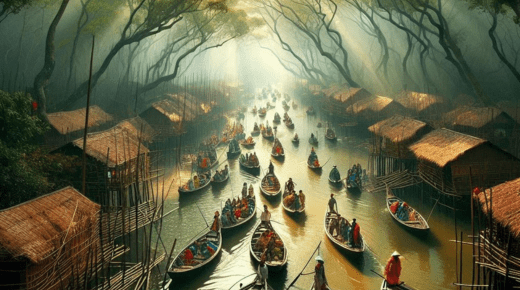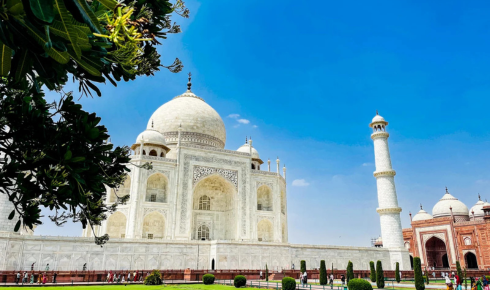A Sundarban tour offers an unforgettable escape into one of the most enchanting and mysterious natural landscapes in the world. Located in the southern part of West Bengal, the Sundarban is not just the largest mangrove forest on Earth but also a UNESCO World Heritage Site. This stunning ecosystem, shaped by the confluence of the Ganges, Brahmaputra, and Meghna rivers, is home to rare wildlife, tranquil backwaters, and a rich cultural heritage that makes it a must-visit destination for nature lovers and adventure seekers.
What makes a sundarban tour so special is its untouched beauty and ecological richness. The region spans over 10,000 square kilometers, with a significant portion in India. The Indian Sundarban, covering about 4,200 square kilometers, is a biosphere reserve and a natural wonder where the land and water blend seamlessly. The forest is crisscrossed by a network of tidal rivers, creeks, and estuaries, creating a complex maze that shelters an abundance of flora and fauna.
The highlight of any Sundarban trip is the chance to catch a glimpse of the Royal Bengal Tiger. These majestic big cats have adapted to the challenging environment, and some are even known to swim between islands. Although spotting a tiger is rare, the thrill of being in its territory adds an element of excitement to every boat safari. Besides tigers, the Sundarban is home to saltwater crocodiles, spotted deer, fishing cats, river dolphins, and over 250 species of birds including kingfishers, eagles, and herons.
The best way to explore the Sundarban is by boat. These guided river cruises take tourists through narrow creeks and wide rivers, offering spectacular views of the mangrove forests and a chance to observe wildlife in their natural habitat. Popular attractions include the Sajnekhali Watch Tower, known for birdwatching and its small mangrove interpretation center; the Sudhanyakhali Watch Tower, a popular spot for animal sightings; and the Dobanki Canopy Walk, which provides a unique elevated view of the forest.
A Sundarban tour is not just about wildlife; it’s also about experiencing the unique culture of the region. Local communities have lived in harmony with the forest for generations. Many tours include visits to traditional villages where tourists can learn about local livelihoods such as fishing, crab catching, and honey collection. These interactions offer valuable insights into the resilience and traditions of the people who call Sundarban home.
The best time to visit Sundarban is from November to March. During these months, the weather is pleasant, wildlife activity is higher, and the rivers are easier to navigate. Monsoon season, though beautiful in its own way, often brings high tides and restricted access, which can disrupt travel plans.
Travelers typically begin their journey from Kolkata. From there, they travel to Godkhali by road or train, followed by a boat ride into the forest. Several tour operators offer all-inclusive packages that cover transportation, accommodation, meals, and guided tours, making the experience convenient and enjoyable.
With growing interest in eco-tourism, many Sundarban packages now emphasize sustainable travel practices. These include staying in eco-resorts, avoiding plastic use, and supporting local businesses. Such efforts ensure that tourism benefits both the environment and the local communities.
In conclusion, a Sundarban tour is a perfect blend of adventure, relaxation, and cultural immersion. Whether you’re watching the sunrise over the river, listening to the calls of distant birds, or quietly scanning the forest for wildlife, the Sundarban leaves an indelible impression. For anyone seeking a unique travel experience that reconnects them with nature, Sundarban tourism is an opportunity not to be missed.




